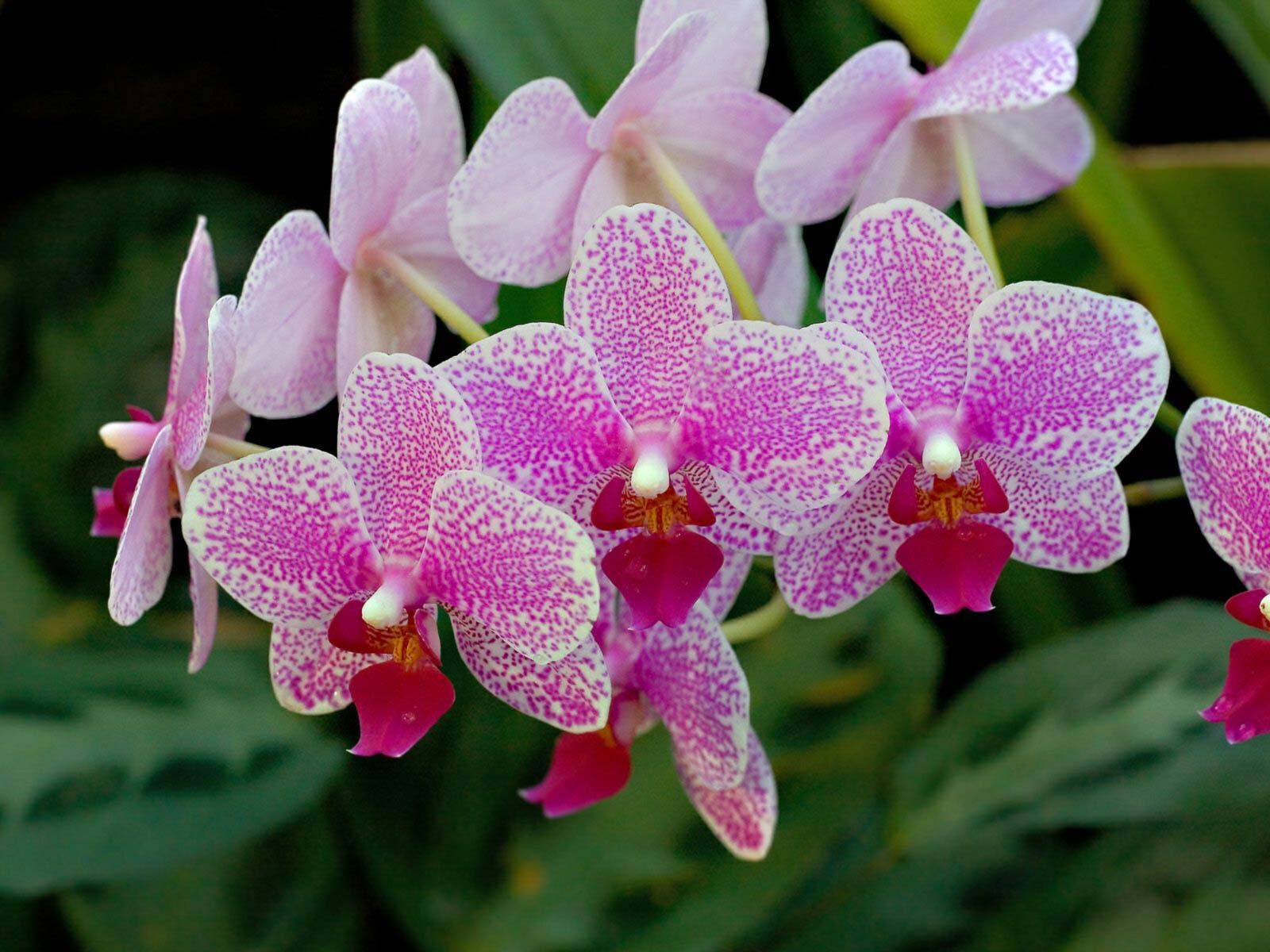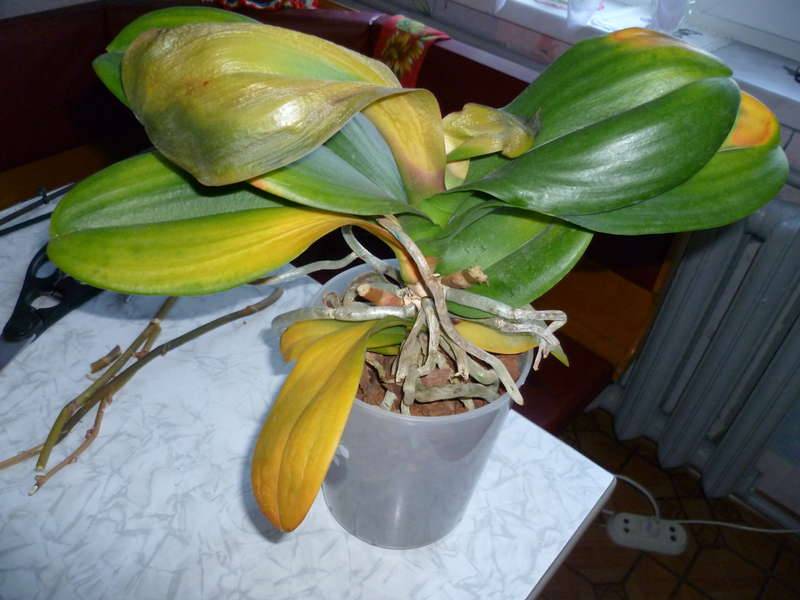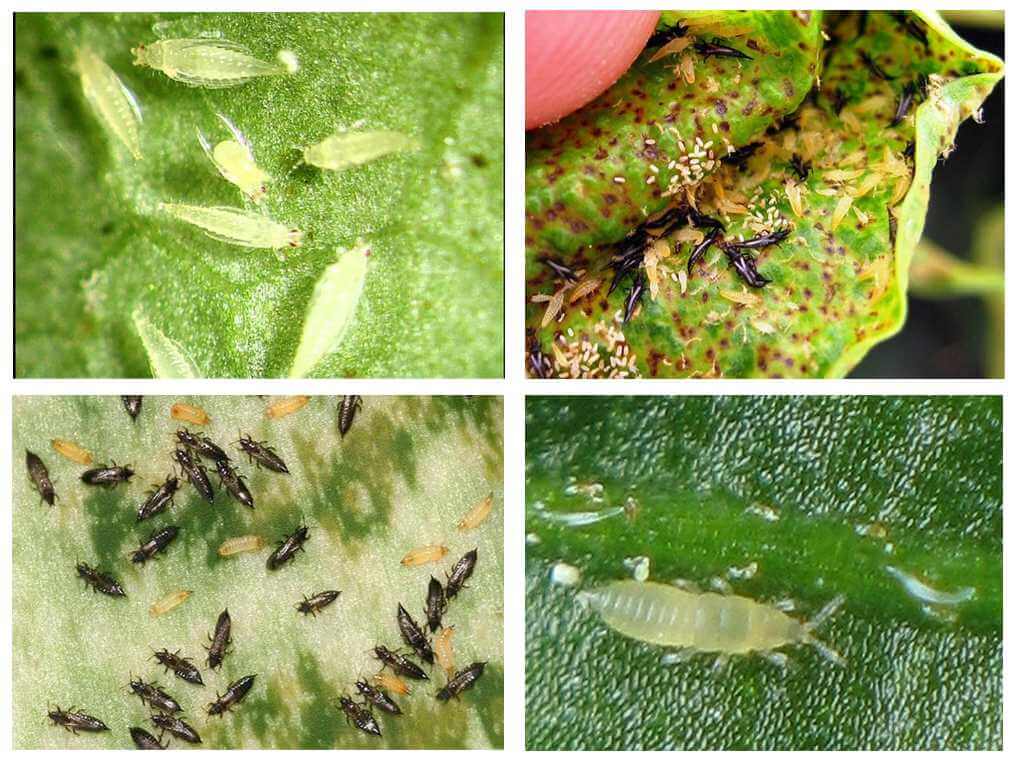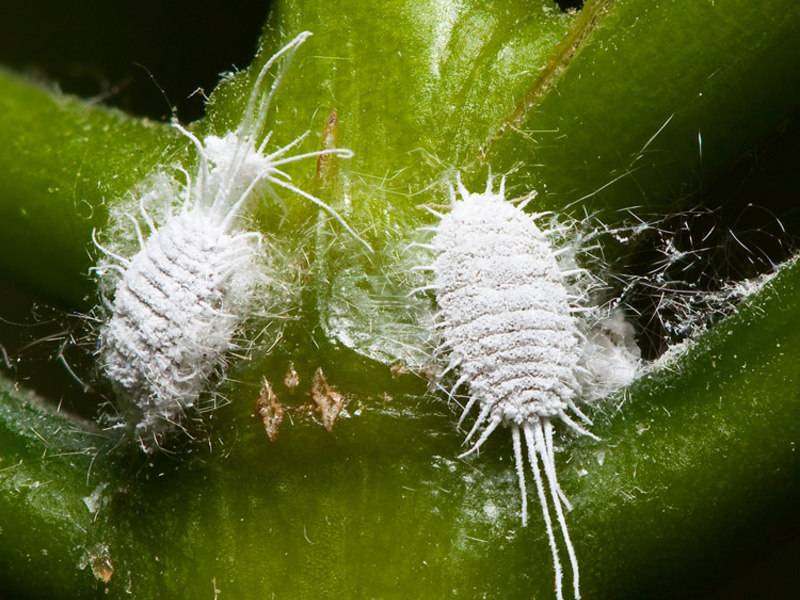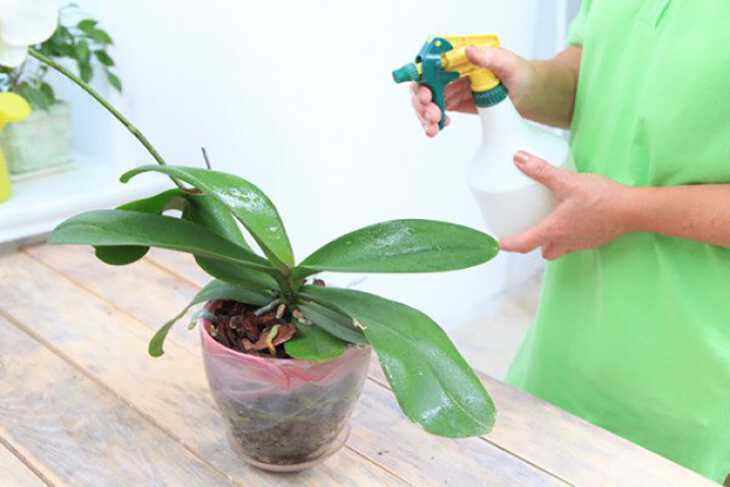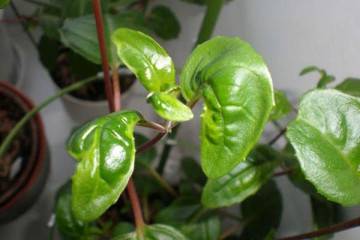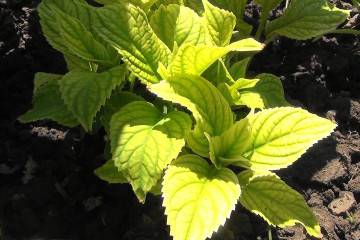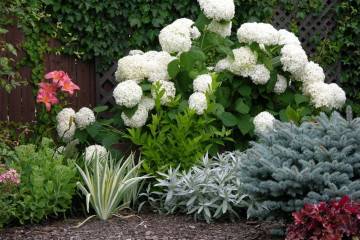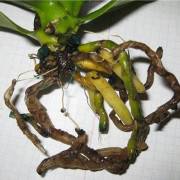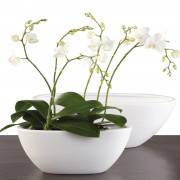Why do orchid leaves wither and are soft
Content:
Orchids are some of the most beautiful houseplants out there, but growing a flower doesn't always go smoothly. With improper care, and even more so its absence, the plant begins to dry out and shed its foliage.
The reasons why the orchid begins to fade
When growing orchids at home, you have to deal with the problem of drying foliage. Leaves can dry for various reasons, but most often this is due to improperly organized care.
Overheating or hypothermia
One of the common causes of foliage drying out is sudden temperature fluctuations. Overheating and hypothermia negatively affect the tropical plant, which prefers a warm and humid climate.
Temperature fluctuations should be within 3-5 °.
Temperature fluctuations must be taken into account when watering and spraying. Do not spray foliage during the day when the sun is shining brightly. It is not recommended to water the flower at night, because of this, the roots may begin to rot.
Improper watering
The second common reason why orchid leaves wilt is improper watering. Like all epiphytes, the orchid does not tolerate water with impurities. Due to watering with hard water, burns remain on the roots and immunity decreases, making the flower susceptible to disease. Burns can cause roots to rot. It is best to water the flower with boiled, settled or rain water.
If the tip of the leaf dries, then the flower was watered with running water with a high content of chlorine, fluorine and other chemicals.
Compaction of the substrate
The soil for planting the plant must be loose and breathable. If the soil is too dense and the root system does not have enough air, the roots begin to rot. This can cause the leaves to drop.
No land is used at all for planting a flower.
Large amount of fertilizer
Regular fertilization is very important for maintaining the life of the flower and abundant flowering, but if there is an excess of fertilizing in the soil, this negatively affects the flower: the leaves become loose and soft, the tip bifurcates and dries up.
Improper root care
Due to the peculiarities of the structure, the root system of the orchid requires special care. During transplantation, the roots are covered with a membrane. With an incorrectly selected substrate, this shell does not form, since the root system cannot absorb nutrients and water from the soil, the orchid begins to fade.
Pests or diseases
Pests or diseases cause significant damage to the flower. Due to some diseases, the plant may even die, which is why prevention of ailments is so important.
The most dangerous is the appearance of insects, which can be not only on foliage and buds, but in the substrate. If the leaves suddenly begin to dry out and fall off, but there is no apparent reason, most likely the insects have started in the ground.
The following insects and diseases are most often found on the orchid:
- nematodes;
- whitefly;
- aphid;
- spider mite;
- mealybug;
- gray rot;
- black rot;
- powdery mildew.
Because of these pests and diseases, orchids can not only wither, but also die.
Lighting problems
Leaves can wilt due to lighting problems. The orchid belongs to light-loving plants, therefore the lack of sunlight affects the flower destructively.
One of the main conditions for growing orchids is that the pot should be in the sun most of the day. In autumn and winter, when there is not enough sunlight, you can additionally turn on phytolamps for several hours. They need to be placed 20-30 cm further from the pot.
What to do to save a wilted orchid
Ways to save an orchid if it wilted depends on the cause of the wilting of the flower. The main thing is to notice the problem in time and correctly recognize it in order to cure the plant.
Transplant as a treatment
You can transplant a flower when insects or diseases appear. But it must be borne in mind that for a home plant, a transplant is stressful, so it often cannot be carried out.
When do you need to transplant an orchid:
- nematodes, thrips and other pests appeared in the ground;
- the roots began to rot, and the leaves began to sag with improper care;
- the soil began to resemble dust.
How to make a transplant correctly:
- If the orchid has recently stopped blooming, the peduncles are cut off. The lower leaves, if they are dry, can also be cut off.
- Before transplanting, all instruments and the pot are disinfected.
- The orchid is carefully removed from the old pot, being careful not to damage the roots.
- Under running water, the remains of the soil are washed off the roots.
- Then the root system is carefully examined. In the presence of pests, the plant should be immersed in warm filtered water for several hours. Then the roots are treated with insect fungicides.
- Flabby, rotten and dried roots are cut off.
- Places of cuts are sprinkled with crushed activated carbon or an antibacterial agent.
- Soft and wrinkled bulbs are also cut and cut.
- If the flower has well-developed aerial roots, they do not need to be deeply buried in the soil. Also, do not tamp the soil too much, the roots will fix themselves in the substrate after a while.
What to do if the leaves keep withering
Transplanting does not always help to cope with the problem of wilting and tarnishing of the color of the leaves. If this problem is not addressed in a timely manner, the plant may die.
When the leaves of an orchid are soft and lethargic, the reasons are already clear. Now it remains to figure out what to do if leaf lethargy cannot be eliminated.
If the leaves continue to wrinkle, although all care errors have been eliminated, then the whole point is in insects and pests. One transplant does not always help to cope with this problem.
What to do if the leaves of an orchid wither:
- with gray rot, white spots, covered with fluff, appear on the roots. To save the plant, all affected parts of the flower must be removed. Sprinkle the slices with a drying agent. Then, intermittently, spray the orchid with fungicides several times.If gray rot reappears, the fungicide must be changed, since the fungus develops resistance to chemicals;
- with black rot, black spots appear. The stems begin to drop and die off. The diseased parts of the foliage and stems are cut off. The flower itself is sprayed with foundation or topsin. The danger of black rot is in its infectiousness, therefore, the diseased plant is removed away from other indoor flowers for the duration of treatment;
- the most common disease is powdery mildew. The bush is sprayed with colloidal sulfur or fungicides (topsin or scor). As a prophylaxis of the disease, spraying with a foundation helps;
- nematodes are the most dangerous insects. They penetrate the tissues of the plant and feed on its juices. It is almost impossible to remove the pest. Moreover, nematodes quickly spread to other flowers. The only way out is to throw out the diseased plant. You can try to save the flower by spraying it with anthelmintic drugs (decaris or levomizal);
- wiping the foliage with soapy water helps from the whitefly. In addition, it is worth processing all the plants in the house. Also, the soap solution helps to get rid of aphids;
- spider mites are very difficult to spot once they appear. Infection can be seen by spider-like secretions. The foliage must be washed several times with soapy water, then at intervals (10-14 days) sprayed with acaricidal preparations;
- the mealybug looks like a small fluffy lump. Insects hide in the axils of the leaves and on the reverse side, so they can be ignored for a long time. In addition to the fact that the worm sucks the juices from the leaves, it provokes the appearance of a sooty fungus. To get rid of the pest, you need to thoroughly wash the foliage with soapy water, cut off all dry leaves and pseudobulbs. After that, you need to spend several sprays with insecticides.
Preventive measures
Preventive measures against plant wilting are aimed at organizing proper flower care. Only in this way the foliage will not wrinkle. Initially, taking care of the plant correctly is much easier than treating it later.
What to do to prevent sluggish leaves from the orchid:
- the humidity in the room where the pot is located should be within 70-80%;
- for planting, you need to choose the right substrate. It is best to buy ready-made soil mixture for orchids;
- sunlight should be diffused; it is not recommended to place the pots in direct sunlight;
- the temperature regime should be maintained within 17-25 ° С;
- moderate watering. The first sign that watering is not suitable for the orchid is the roots turn white;
- regular inspection of the bush. It is necessary to carefully examine the underside of the leaf and the sinuses.
If you follow all these recommendations, foliage will not shrivel.
An orchid is a capricious houseplant that you can't just plant and forget, and then hope that the flower will bloom profusely. You will have to regularly devote time to the plant, this is the only way to grow healthy and abundantly flowering orchids.
